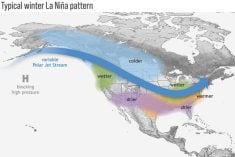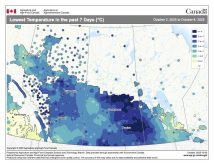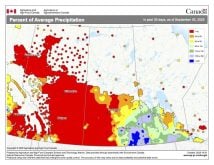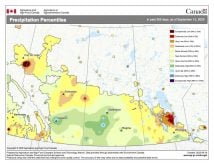I’ve been getting a lot of great questions from readers lately, ranging from ocean circulation in the Atlantic and how it impacts climate, all the way to how weather is being weaponized across the planet.
Keep them coming. You can email me at [email protected].
This issue’s article was inspired by an email I received about a recent study regarding the Atlantic Meridional Overturning Circulation or AMOC.
Read Also
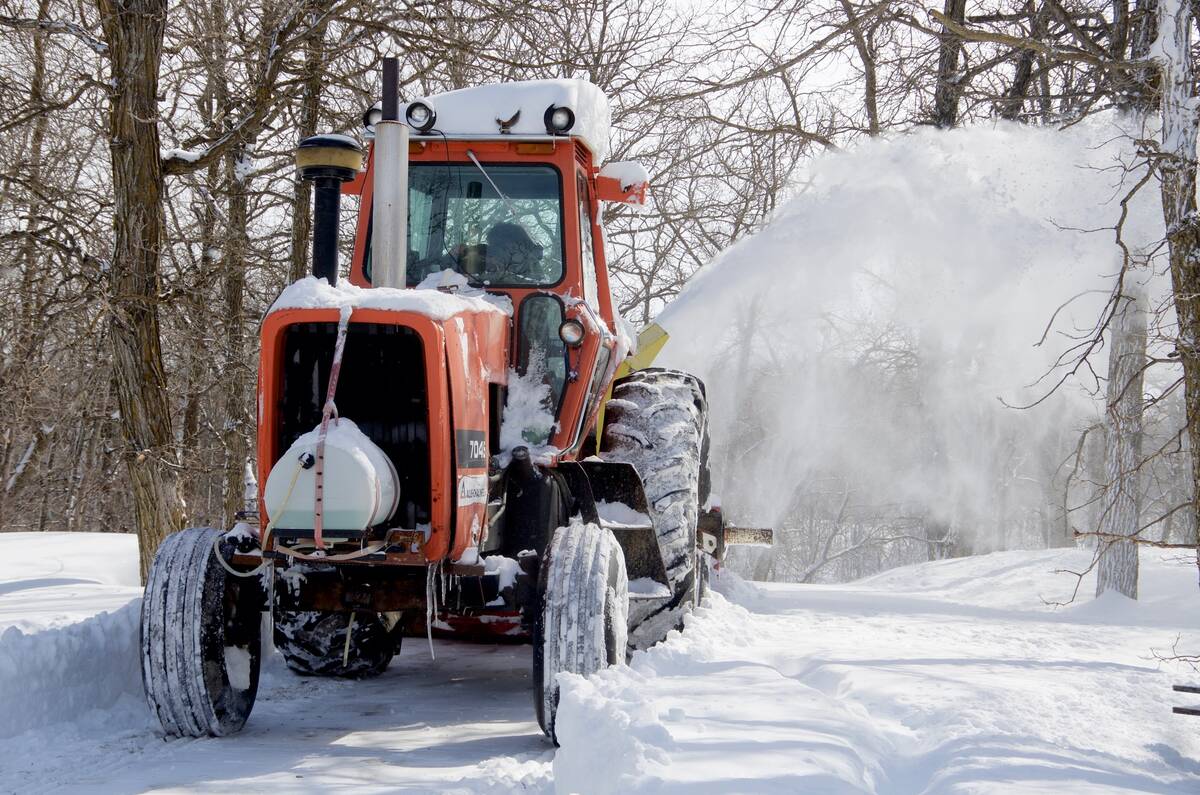
Prairie farms race to get ready for winter 2025
Equipment needs to be winterized and stored; fall field work needs to be done and there are a million tiny jobs to make sure both the farm yard and farm house are ready for the snow to fly
Just what the heck is the AMOC? It is a crucial component of Earth’s climate system, acting as a gigantic oceanic conveyor belt that redistributes heat from the tropics poleward and as a result, influences weather patterns globally.
While we have known about this circulation pattern for over 60 years, recent studies have reignited discussions about the stability of this system and the potential consequences if it should collapse.
You may remember this as the premise behind the movie The Day after Tomorrow when the AMOC collapsed, and the world was sent into an immediate ice age — which is not going to happen. We are not on the edge of an immediate ice age — but I’m not sure the other option is any better.
So, just what is the AMOC? It is a system of ocean currents in the Atlantic that transports warm, salty water from the tropics northward near the surface and returns colder, denser water southward at deeper levels. It operates through a process called thermohaline circulation, or a circulation driven by differences in temperature and salinity. Warm, salty water from the tropics flows northward along the surface, carried by the Gulf Stream. As this water reaches the colder regions of the North Atlantic, it cools, becomes denser, and sinks to the ocean depths. This deep, cold water then flows southward, eventually resurfacing in other parts of the world, completing a global cycle that redistributes heat and regulates climate. This system is essential in maintaining relatively mild winters in Europe, supporting monsoons in Africa and Asia, and keeping sea levels stable along the U.S. East Coast.
The problem we have been experiencing is, as the planet warms, melting glaciers and ice sheets, particularly in Greenland, release large amounts of freshwater into the North Atlantic. This influx of freshwater dilutes the ocean’s salinity, making the surface waters less dense and reducing their ability to sink. This in turn slows down the deep-water formation that helps to power the AMOC. Add to this increased rainfall over the North Atlantic and rising ocean temperatures, it results in the system is being even further weakened.
Scientific studies suggest that the AMOC has already weakened by about 15 to 20 per cent since the mid-20th century. The worry is if global warming continues the system could approach a tipping point where it collapses entirely, leading to dramatic shifts in weather patterns, rising sea levels, and disruptions to ecosystems and food production worldwide.
If the AMOC were to collapse, it would have profound implications for global climate patterns. Western Europe could experience significant cooling due to the reduced northward heat transport. This shift might lead to harsher winters and a shorter growing season, impacting agriculture and energy demand. Additionally, changes in precipitation patterns could result in increased droughts in some regions and flooding in others, disrupting ecosystems and human livelihoods.
Besides Europe, an AMOC collapse could affect monsoon systems in Africa and Asia, leading to reduced rainfall. North America’s east coast would see a good chance of rising sea levels as which would increasing the risk of coastal erosion and storm surges.
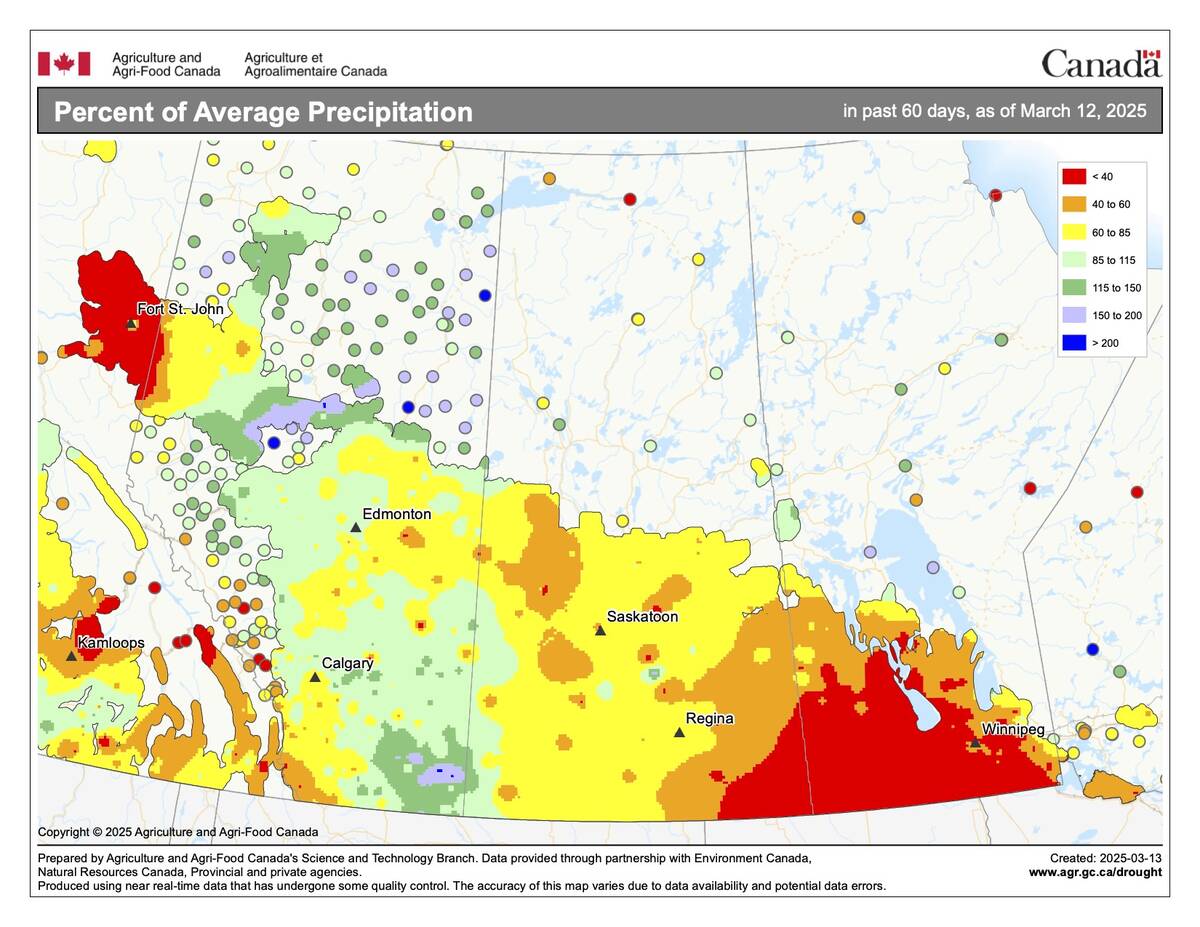
Currently the scientific community remains divided on the likelihood and timing of an AMOC collapse. A recent study published in the journal Nature suggests that the AMOC may remain stable even under extreme climate change scenarios. Researchers found that, despite a weakening trend over the past 150 years the system might not be as close to a tipping point as previously thought.
On the other hand, another group of scientists recently wrote a paper warning that the risk of collapse has been underestimated. In the study that was sent to me by a reader, the researchers concluded with 95 per cent confidence that the tipping point for the AMOC will occur sometime between 2025 and 2095. That same study does point out that some of their results show the AMOC could undergo a partial tipping before the main tipping and shutting down of the current.
Trying to predict the future behavior of the AMOC is very complex due to limitations in climate and ocean models. There are several researchers and models trying to predict what will happen if we keep warming or stay at the current temperature level. Some models suggest that the AMOC has multiple stable states or partial tipping points, while others indicate a single equilibrium or one tipping point. A study using the Community Earth System Model simulated that it would take 1,700 years of extreme freshwater input before the AMOC collapsed.
We now know that the AMOC is a critical component of Earth’s climate system, and its potential collapse poses significant risks. Recent studies offer varying perspectives on its stability. The fact that most of the models show the potential for it to collapse at some point within the next 100 or so years really drives home the importance of our understanding of climate change and barring that, it should just scare us.
We need to prepare for what might come should we see its collapse.





